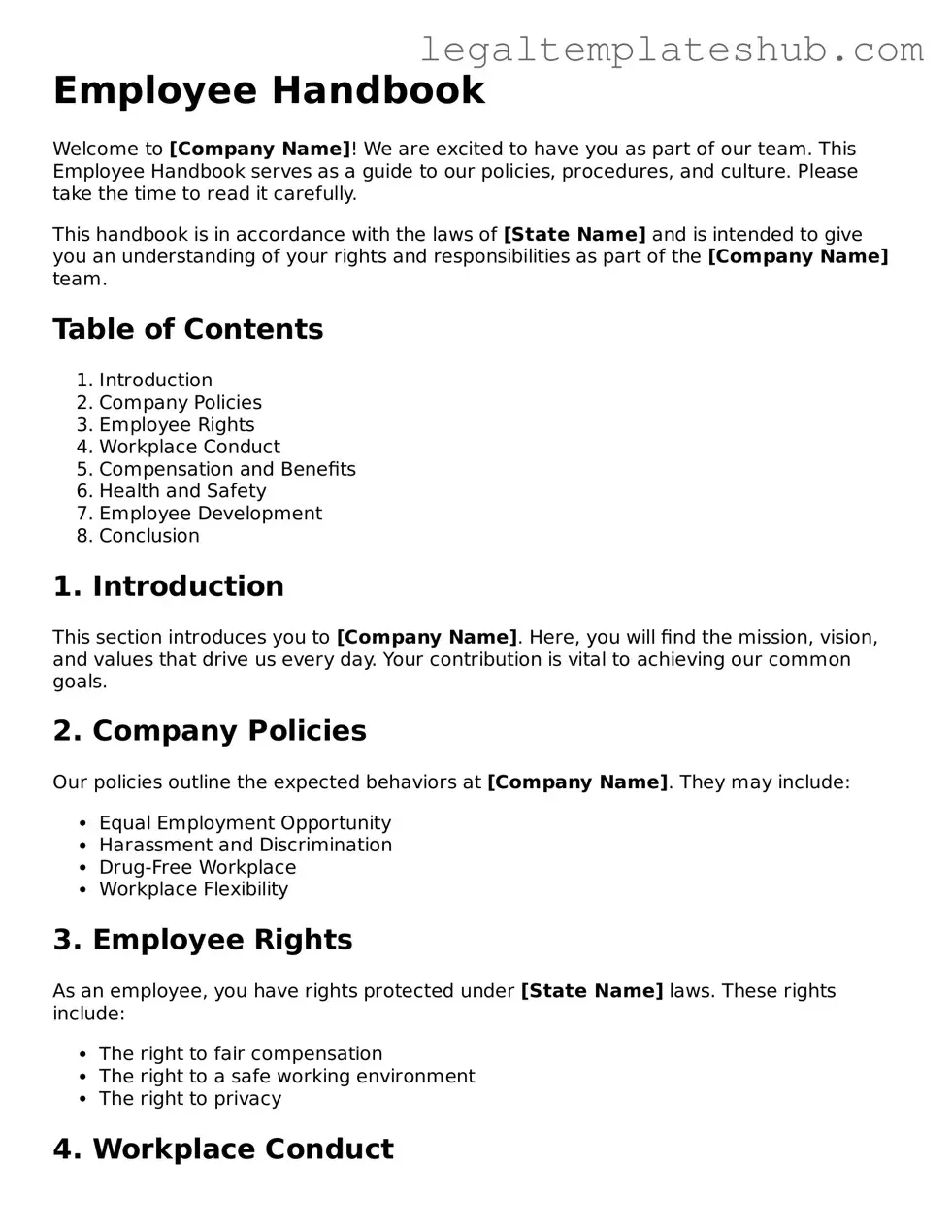-
Misconception 1: An Employee Handbook is a legal contract.
Many people believe that signing an Employee Handbook creates a binding contract between the employee and the employer. In reality, it serves as a guide outlining company policies and expectations, but it does not guarantee employment or create legal obligations.
-
Misconception 2: The Handbook is only for new employees.
Some think the Employee Handbook is only relevant during the onboarding process. However, it is a living document meant for all employees, providing ongoing guidance about workplace policies and procedures.
-
Misconception 3: All companies have the same Employee Handbook.
Not every Employee Handbook is the same. Each organization tailors its handbook to reflect its unique culture, policies, and legal requirements, which means content can vary widely from one company to another.
-
Misconception 4: Policies in the Handbook are set in stone.
Some employees assume that once policies are written in the Handbook, they cannot change. In fact, companies regularly update their handbooks to adapt to new laws, regulations, or changes in company culture.
-
Misconception 5: The Handbook covers every possible scenario.
While the Employee Handbook provides comprehensive guidelines, it cannot address every situation that may arise. Employees are encouraged to seek clarification from their supervisors or HR for specific concerns.
-
Misconception 6: Reading the Handbook is optional.
Many believe that reading the Employee Handbook is not essential. However, understanding its content is crucial for employees to know their rights and responsibilities within the workplace.
-
Misconception 7: The Handbook is only about rules and punishments.
While it does outline rules, the Handbook also highlights the benefits, support systems, and resources available to employees. It serves as a positive tool for fostering a healthy work environment.
-
Misconception 8: You can ignore the Handbook if you disagree with its policies.
Disagreeing with certain policies does not exempt employees from following them. The Handbook sets the standard for acceptable behavior, and employees are expected to adhere to it, regardless of personal opinions.
-
Misconception 9: The Handbook is only for HR to enforce.
Some may think that only HR is responsible for enforcing the policies in the Handbook. In truth, all employees share the responsibility of upholding the standards outlined within it.
-
Misconception 10: You can’t ask questions about the Handbook.
Employees often feel hesitant to ask questions about the Handbook. However, seeking clarification is encouraged and can help ensure everyone understands the policies and procedures clearly.
